Save Your Money, Skip The MBA, And Go To Startup Grad School Instead
If you have dreams of one day launching your own startup, the idea of getting an MBA may have crossed your mind. After all, business schools are great at explaining how successful companies got off the ground and providing networking opportunities so you can connect with potential investors and cofounders. That’s probably why U.S. Department of Education data indicates that the MBA is the most popular graduate degree.
But Jen Rubio and Steph Korey, who founded the luggage brand Away last year, would encourage you to give business school a miss. “I actually got an MBA from Columbia,” Korey tells Fast Company. “But it was—truthfully—less helpful than startup grad school.”
A recent report from the global leadership consultancy DDI supports Korey’s reasoning. Students can only be exposed to conceptual learning, according to the findings, and they often aren’t able to hone necessary skills like being results-oriented or visionary. That and the cost can be prohibitive. In the U.S., tuition alone for a graduate degree can cost $30,000 at a public college or university and $40,000 at a private school, according to data from Peterson’s.
“Startup grad school” is their term for what Rubio and Korey did in the early years of their career. They met at Warby Parker in 2011, when the company was still only two years old and just finding its place in the market. They were both in their twenties and were given big responsibilities. Rubio ran Warby Parker’s social media efforts while Korey managed its supply chain.
They each left the company to go work at other startups including a British pressed juice brand and Casper, the mattress company. They believe these experiences gave them the skills, industry knowledge, and networks they needed to launch their own direct-to-consumer brand.
Here, they share their thoughts for creating a startup grad school of your own.
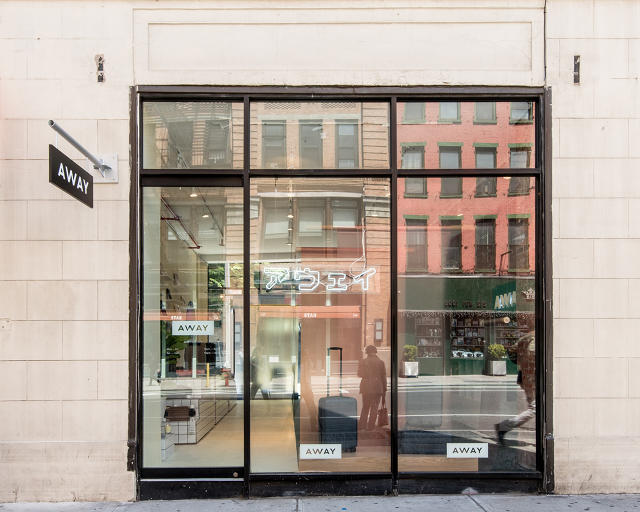
Locate Your Future Cofounder . . . On A Totally Different Team
Rubio and Korey quickly became friends when they met at Warby Parker because they had compatible personalities, a mutual interest in traveling, and enjoyed hanging out in their spare time. But the reason they knew they would be great business partners was due to their very different skill sets. “We ran such distinct areas of the business at Warby,” Korey recalls. “We were hardly ever in meetings together.”
While Rubio was tasked with helping to tell the brand’s story on social media, Korey focused on the nuts and bolts of the supply chain, managing sourcing and manufacturing. Rubio would describe herself as a creative, while Korey is firmly in the operations side of the business.
The idea for the company came to Rubio when her suitcase broke while she was traveling. When she texted her friends to ask what brand they would recommend, none of them had a positive response. As a brand expert, Rubio immediately spotted that people did not appear to have brand loyalty for luggage companies. Luggage seemed to be just a utilitarian product. She felt she could create a superior brand experience for consumers, but to better understand how luggage was made, she immediately turned to Korey.
True to form, Korey placed calls and, within a matter of days, understood the intricacies of luggage making. It was clear that together, they could make a formidable business team. “How is the supply chain set up?” Korey says, describing the questions she asked to better understand the industry. “Is the reason certain brands of suitcases are so expensive that they have a similar markup structure to glasses or mattresses? Is it so heavily marked up that there would be a strong quality to price arbitrage opportunity by going directly to consumer?”
When they launched Away, each felt confident that they would be able to manage their side of the business, which was useful in the early days when they wanted to keep their staffing lean. From the start, Korey knew how to find the best luggage manufacturers and was able to place orders. Meanwhile, Rubio immediately understood what it would take to create a brand identity for Away and how to distinguish it from other brands. Most importantly, both partners had faith that the other knew her stuff and could execute. “Because Jen and I are so left-brain, right-brain, the genesis of Away came from two totally opposite sides,” Korey says.
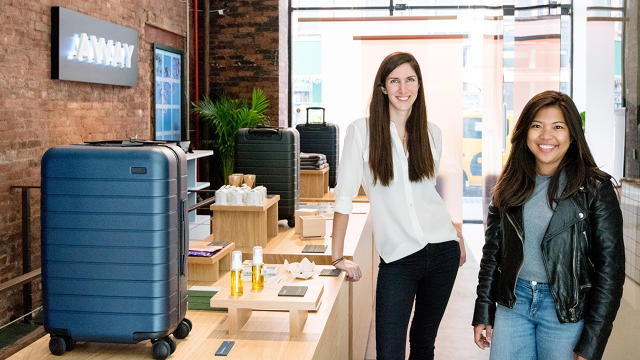
Take On The Biggest Challenges You Can
Part of the reason they were so equipped to start their own business is that they had taken on massive responsibilities early in their careers. Korey was responsible for the big challenges of sourcing and manufacturing at Warby Parker. Because the company was still young, she was able to learn fast and rise quickly. Before long, she was managing staff and in charge of everything including buying, planning, production, and fulfillment. This allowed her to serve as a supply chain consultant for Casper when it was just launching.
Even when your job description is simple, there are ways to create new responsibilities for yourself. When Rubio joined Warby Parker in 2011, social media was still an emerging concept. Instagram, for instance, had only just launched. Rubio saw an opportunity to put Warby Parker on the map by involving consumers on social media. “The idea of user engagement, user-generated content, and creating community through social media was not something that everybody did back then,” says Rubio. “A big part of my role was actually being an advocate for all these platforms and getting the team to rally around them.”
Rubio saw Warby Parker’s try-on program, which allows customers to try on five pairs of frames at home for free, as a clear opportunity to get people involved on social media. She was the mastermind behind encouraging customers to post photos of themselves in different glasses on social media, which might get reposted on the main Warby Parker Instagram account. “It really instilled in the company that we weren’t going to be a closed-off, super aspirational brand,” Rubio says. “We were going to interact with our customers on a regular basis.”
After spending two years at the company, Rubio moved to the U.K. where she took on marketing and innovation roles at various British companies including clothing brand AllSaints and a juice startup called Savse. In these new roles, she similarly worked to find ways to bring creative new ideas to the company and implement them quickly. “You have a very short learning curve at startup grad school,” Rubio says, with a laugh.
In the end, this series of intense job experiences helped Rubio and Korey quickly amass the array of skills necessary to launch their own brand.

Use Your Newfound Knowledge To Test Your Business Idea
But a smart idea and some experience are not enough to launch a successful company. Before quitting the stability of jobs to start Away, Rubio and Korey tested their business idea repeatedly. First they interviewed over 800 people from across demographics to better understand their suitcase needs. What did they like and dislike about their bags? What was their wishlist of features a bag should have?
They discovered that most people treated luggage like a commodity, rather than a fun accessory or a beloved possession. And they were also baffled that there was no mid-priced bag on the market. “They found that luggage was either cheap, ugly, and going to break, or more expensive than the vacation they were going on,” Rubio says.
Korey, for her part, did in-depth market research to understand how the cost and pricing of luggage worked. She discovered that most luggage is sold wholesale to retailers. Samsonite, for instance, sells most of its products at department stores or on other online stores. Along the way, many middlemen were getting a cut of that price. As a result, the customer was paying between five and 10 times what it cost to produce the bag. All of this consumer and supply chain research convinced them that there was a strong business opportunity.
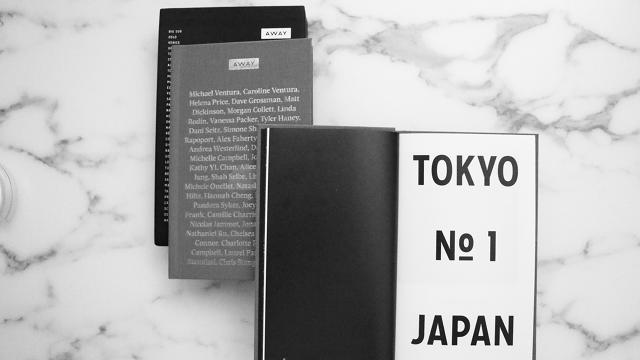
In 2015, Rubio and Korey launched Away luggage using a direct-to-consumer model like Everlane, Brooklinen, and other startups. Through branding and marketing, they communicated to consumers that the luggage was high quality and made in the world’s best factories, but because they were cutting out retailers, they could pass along savings to the customer. The brand’s tagline is “first class luggage at coach price.”
Since launching last November, the brand has done very well, particularly with millennials who are tired of older luggage concepts. It is on track to sell more than 50,000 suitcases this year, which translates to over $10 million in sales. Since very few people have any brand loyalty to luggage companies, it is relatively easy to convince a new consumer to give their brand a try, especially since the bags are priced at between $225 and $295, which is a fraction of the price of comparable companies. “We’re using the same skills that we acquired at startup grad school,” says Korey. “But we’re working for ourselves, which is a dream come true.”
Steph Korey and Jen Rubio, Cofounders at AWAY
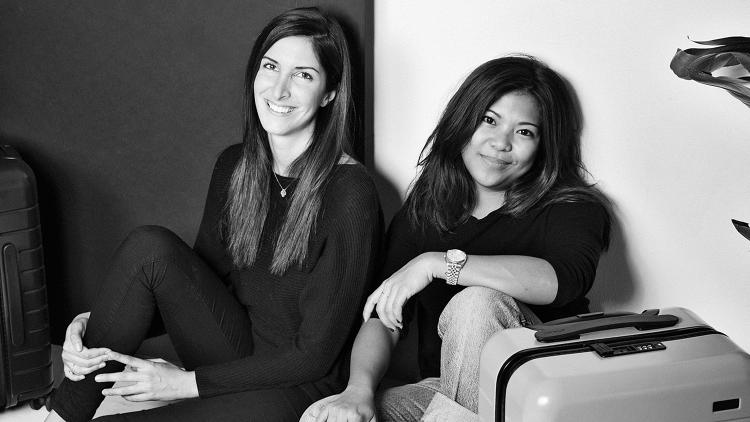

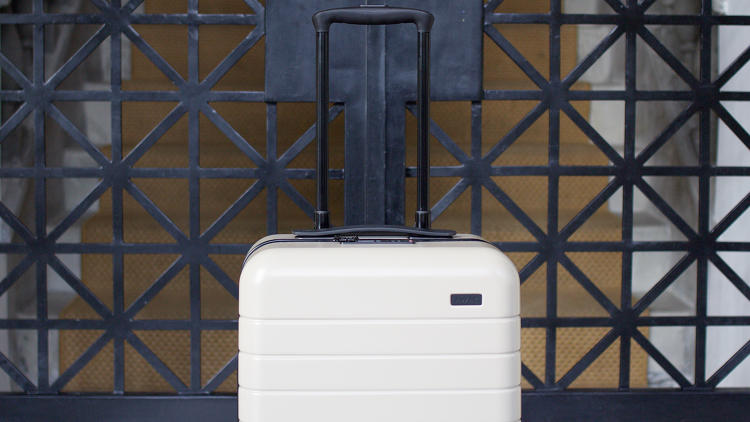
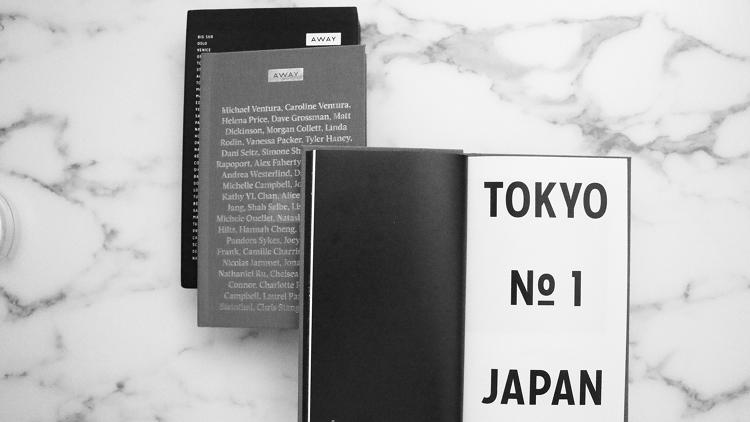
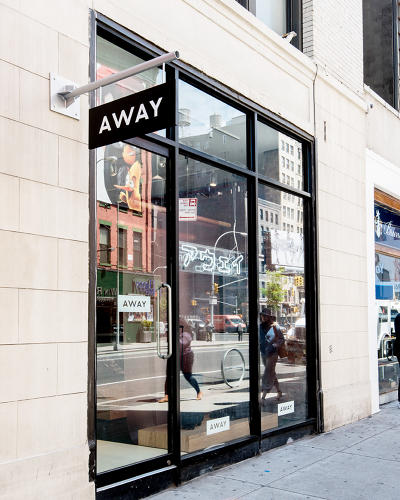

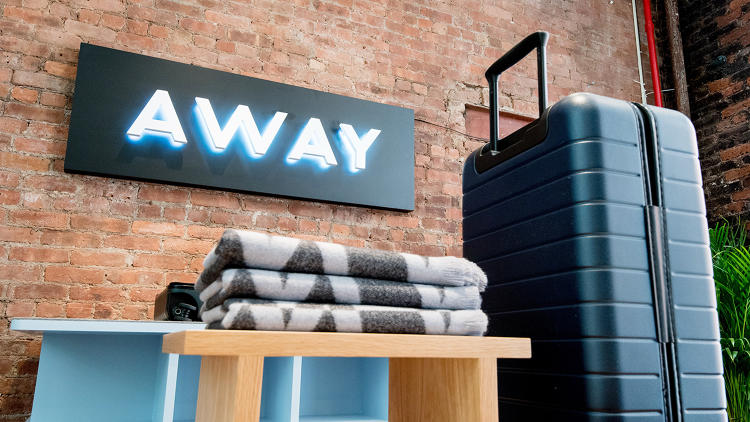
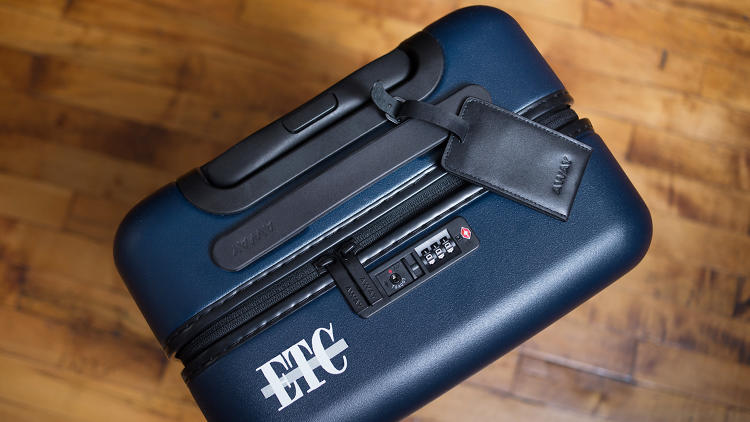
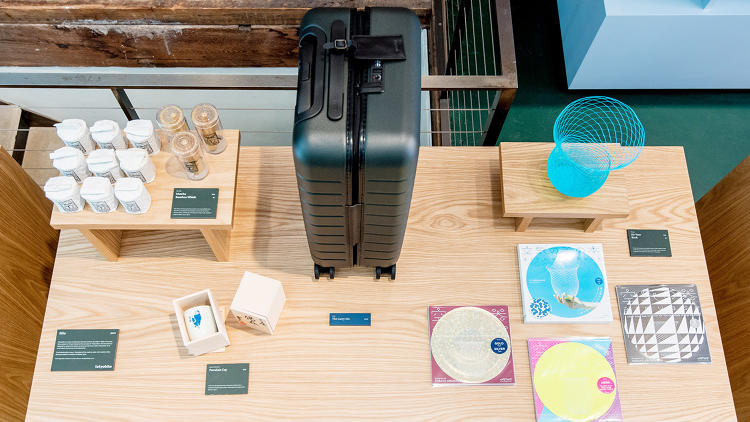
Fast Company , Read Full Story
(47)














